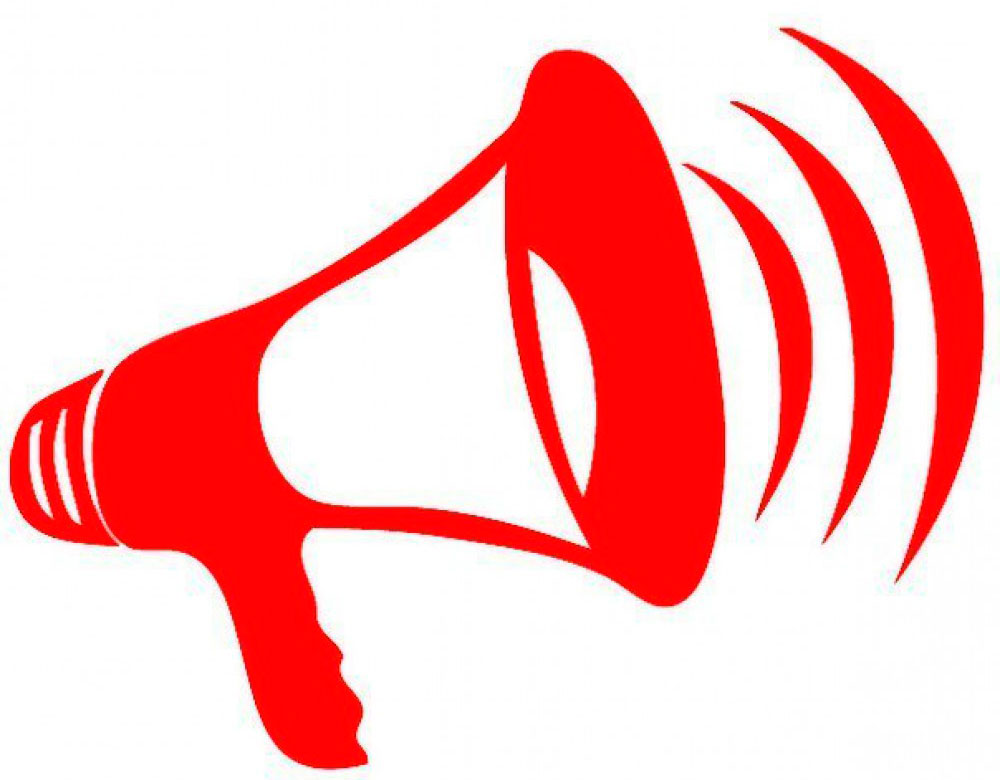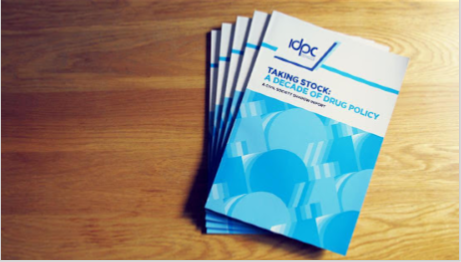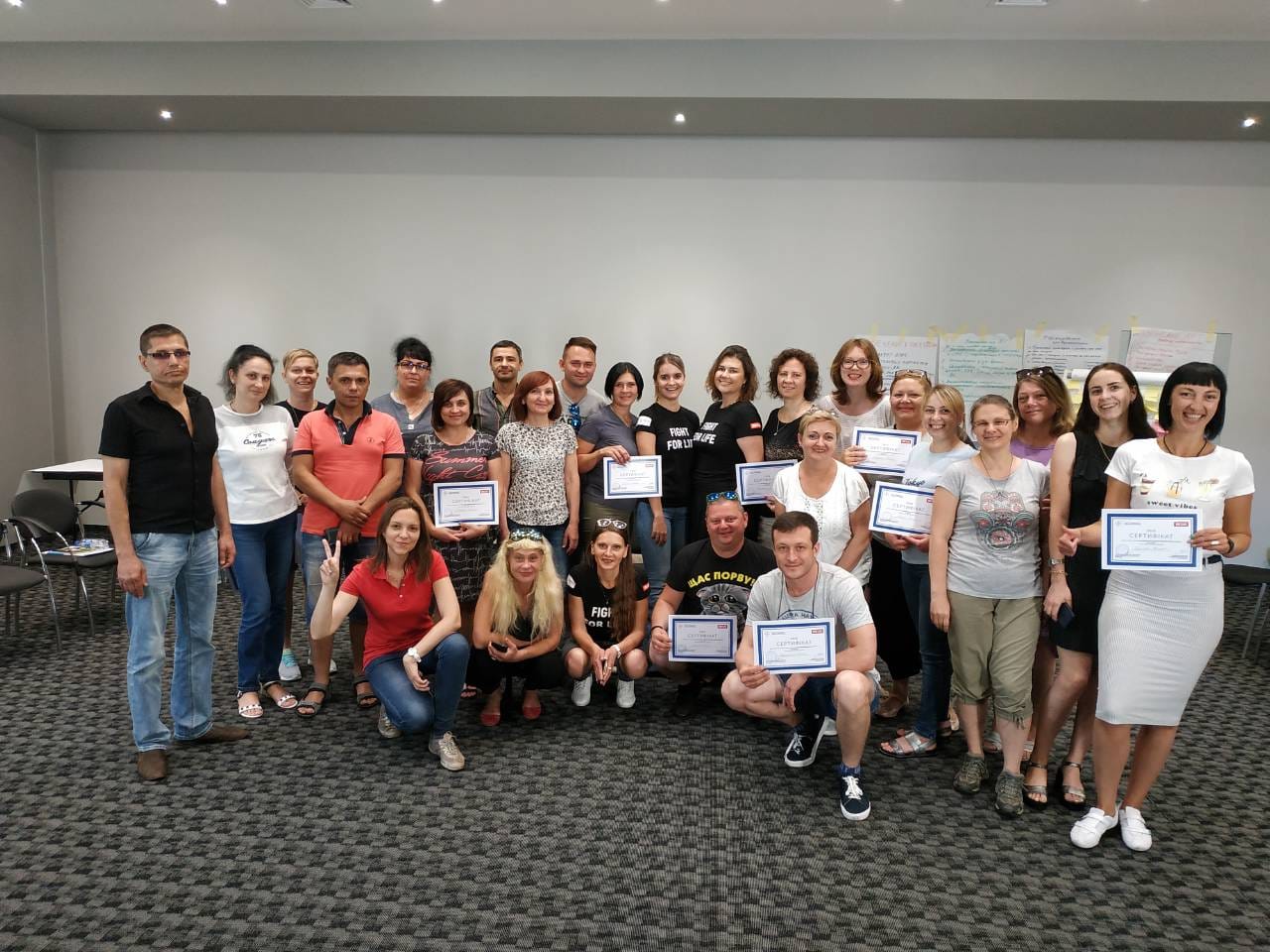Working in the rear: how regional patient organizations save people
“I felt I was useful for my country.”
Andriy could not defend the country with weapons, but he was able to engage in volunteering.
He lives with HIV. He found out about it even before the war. Accepting the diagnosis was not easy, although he suspected it. Six-month long social support of the patient organization helped the young man to return to life.
“Once they helped me believe in myself, and now I do help. When the war began, I was already receiving life-saving medicines, accepted my HIV-positive status, and was safely engaged in my business – I have clothing stores. But then, the war began. I couldn’t fight using weapons, but I could help people. Together with CO 100% LIFE. DNIPRO, I joined volunteering. Sitting and waiting is not for me. Along with the social worker of the charitable organization, we were bringing clothes to the rehabilitation center and to the injured, and then to the military and IDPs. Later, I created a website for refugees so they could search for housing, provision of necessary medicines and other things. This is how I felt that I was useful for my country,” says Andriy.
The story of HIV-positive Andriy is one of many, when patient organizations, together with those who previously turned to them for help, now support people who have been affected by the war.
CO 100% Life is the largest patient organization in Ukraine, which is represented in each region. During the year of war, the organization delivered 38 tons of food to hospitals; 1 million food sets, 17,000 food certificates were distributed in 15 regions, 6,500 individual first-aid kits were transferred to Territorial Defense units, the AFU, doctors; 6,000 bulletproof vests were provided to ambulance drivers, medical and social workers; 3 electric vehicles were purchased for evacuation of people, transportation of medicines and humanitarian aid; equipment from 4 hospitals in Donetsk and Luhansk regions was evacuated; the 100% Life medical center in Kyiv became a humanitarian hub; 5 shelters for those in need were organized in Lviv, Rivne, Chernivtsi, Ivano-Frankivsk, and 150 portable and classical generators were delivered to the regions.
Each of these figures means a great work behind it to bring victory closer, and support people who need medical help.
“At the beginning of the war, I didn’t know where to get medicines.”
Mykhailo had free HIV testing thanks to the HealthLink project workers. He was an active drug user.
“I couldn’t break this habit on my own. Unfortunately, all the money I earned was constantly spent on street drugs. I couldn’t stop. I didn’t even know how to… Meeting one of the social workers of CO Chernihiv Network changed my life. The charity told me about the possibilities of the opioid substitution therapy (OST) program. This was my last chance to survive and get out of the vicious circle. I had all the necessary diagnostic tests and found out I had HIV, and Hepatitis C. It was at the beginning of the war, and I did not know where to get medicines, but I definitely did not want to return to my previous lifestyle. When the war began, I realized I wanted to live…”, Mykhailo recalls his story.
CO Chernihiv Network took the man under its care. Mikhaylo was prescribed antiretroviral therapy (ART) and OST, put on the list of receiving treatment for Hepatitis C. During permanent shelling, they kept working and helping those in need. Under those life-threatening conditions, the workers provided two-day treatment to the man who had just been diagnosed with HIV and Hepatitis C.
“I had no idea how to get OST and considered it unrealistic. Since then, I feel my health improving every day. I no longer need to look for “substances”, and the money I earn I use for my family,” says the man.
During the war, tens of thousands of people with HIV remained at risk of treatment interruption. Prolonged air raids and shelling, forced relocations and loss of contact with doctors, complicated logistics of drug delivery, lack of access to medicine in temporarily occupied territories and war zones. But in spite of all that… Thanks to the activities of the HealthLink Accelerating Efforts to Combat HIV in Ukraine project, one of the largest projects in the field of public health implemented by CO 100% LIFE (CO All-Ukrainian Network of People Living with HIV/AIDS) in partnership with the ICF Alliance for Public Health, with the support of USAID, the team continued to test and identify people with HIV.
Despite the difficult working conditions and the decreased scope of testing in wartime, the effectiveness of detecting HIV-positive people has increased. Approximately 83,000 people were tested for HIV, of which 3,200 received ART for the first time.
During this difficult war year, the impressive coordination of the CO 100% LIFE team with international partners allowed providing ART to some 130,000 people with HIV for the coming year, ensuring 53 M doses of medicine be delivered to all regions of the country, worth almost $13 M allocated by the PEPFAR program.
All that, to withstand, provide medicines, support psychologically, provide social and legal support, and become stronger and unbreakable. The struggle for life continues in every corner of the country…
Is HIV testing available in wartime?
The healthcare field suffered greatly during the war. It all meant security concerns, limited mobility, disrupted supply chains and mass movement of people. Health care facilities, medical vehicles, warehouses, and most importantly, staff and patients keep suffering from armed attacks.
The damage caused to healthcare institutions has been estimated to $1 billion. During the war year, there were 725 attacks on health facilities, medical warehouses, transportation, and supplies; 1,250 health facilities were damaged, and 150 more were completely destroyed.
In this wartime, 14.5 million people need medical care, one in five cannot receive the necessary medical care, and one in three has no access to healthcare services in war zones and temporarily occupied areas. The main obstacles are the cost of treatment, lack of time and limited availability of transports, with 33% of IDPs in need of medicines and medical care.
The Accelerating efforts to combat HIV/AIDS in Ukraine HealthLink project is by far one of the largest HIV testing projects in Ukraine for the US government. It has been implemented in Ukraine for six years, proving its effectiveness in saving people’s lives. This benchmark has only intensified with the war.
Mykhailo and Andrii, the characters of our article, found out about their HIV status thanks to the project, just like every third Ukrainian did.
During the war, HIV testing is available – It can be taken in medical institutions and patient organizations in the regions; an oral test for self-testing at home can be ordered at https://prozdorovia.in.ua under “I want to be tested” section
Read more 100% LIFE, A Year Of Courage


